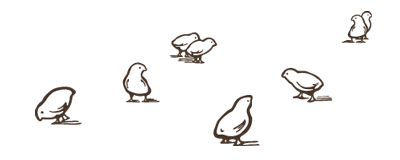Basically, you have nothing. Really, nothing at all, except the green light to start a design studio and a realistic budget that would allow you to purchase all the necessities for it to function. It sounds impossibly utopian, I know, but let’s give this a try. Forget — for a brief moment — about worldly realities like clients, employees or time. What does a design office need to function? If you could buy anything you wanted — skipping the luxuries — what would be on your shopping list? Software, hardware, furniture, paper samples, office and art supplies… What’s indispensable for good, well-oiled functioning?
This premise comes from a suggested topic by a Speak Up reader, who will soon begin to build a design studio within a company. With all the necessities, I’m sure the task, while seemingly fun must be excruciatingly daunting.







Books.
Lots and lots of books.
On Feb.08.2005 at 06:26 PM